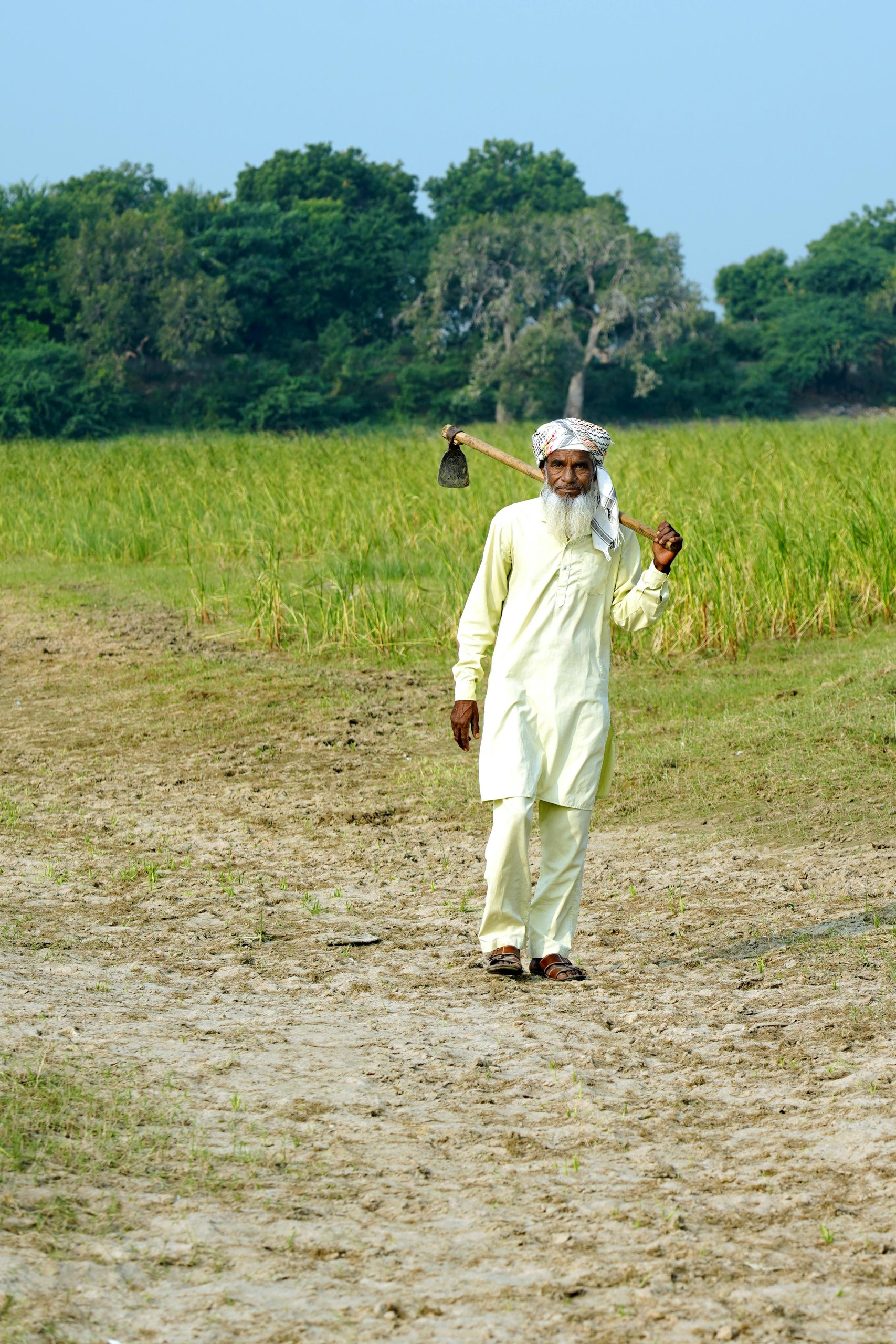Construction Set to Begin on Unique Timber and Stone Office Building
Next month, work will commence on Trehus, a distinctive six-storey timber-framed office building that represents the next step in the One Maidenhead masterplan in the South East of the UK. Designed by award-winning architects Waugh Thistleton, renowned for their expertise in timber design and construction, this new office tower will incorporate mass timber and stone, achieving a 40% reduction in embodied carbon compared to traditional concrete structures, while also aiming for BREEAM Excellent and EPC A ratings.
Developed by HUB and constructed by Glencar, Trehus is anticipated to open its doors in Autumn 2026. Victoria Manston, HUB’s head of development, expressed optimism, stating, “Trehus will be a truly remarkable building, leading the way in a market with growing demand.” This office space promises to be an appealing choice for forward-thinking, sustainability-oriented businesses, with its timber frame and stone exterior beautifully enhancing the town’s architectural landscape.

This new office building sounds like an exciting and forward-thinking project! The use of mass timber and stone not only highlights a commitment to sustainability but also sets a precedent for eco-friendly construction in the region. It’s great to see a focus on reducing embodied carbon while also aiming for high performance ratings like BREEAM Excellent and EPC A. I’m curious to see how the architectural design integrates with the surrounding environment and contributes to the local community. The market demand for such innovative and green spaces is clearly on the rise, and Trehus seems poised to be a standout example of what the future of office buildings can look like. Looking forward to its completion in 2026!
This project sounds incredible! The choice to use mass timber not only showcases innovative design but also presents a compelling case for sustainable building practices. The reduction in embodied carbon is particularly noteworthy, as it aligns perfectly with growing environmental concerns and the urgent need for eco-friendly alternatives in construction.
It’s also interesting to see how developers are now increasingly prioritizing sustainability in the workplace. The appeal for businesses to operate in a BREEAM Excellent-rated space cannot be overstated, as it reflects positively on their brand values and commitment to environmental stewardship. I wonder how this project might inspire similar initiatives in other areas, especially within the realm of office design.
Additionally, with the emergence of more timber-framed structures, we could be on the cusp of a new architectural trend that could redefine our urban landscapes—making them not only more beautiful but also more sustainable. What other innovations do you think might emerge from this shift toward greener building practices?
This project sounds fascinating and represents an important shift towards sustainable architecture in commercial spaces. The use of mass timber not only reduces embodied carbon but also enhances the aesthetic quality of the building, which is often overlooked in traditional designs. It will be interesting to see how Trehus sets a precedent for future developments in the area, potentially inspiring similar projects that prioritize sustainability without compromising on design.
Moreover, achieving both BREEAM Excellent and EPC A ratings is commendable and will likely attract tenants who are increasingly valuing eco-friendly spaces. It would be beneficial to examine how the integration of such environmentally conscious practices impacts the overall operational costs for tenants and the long-term economic viability of the building.
Additionally, the collaboration between HUB, Glencar, and Waugh Thistleton underscores the importance of partnerships in creating innovative solutions. I’m curious about how this project will influence the local community and if any initiatives will be implemented to engage local stakeholders throughout the process. This could serve as a model for similar developments aiming to balance ecological concerns with community needs.
This is an exciting development for the One Maidenhead masterplan and a significant step toward sustainable architecture! The use of mass timber and stone not only reduces embodied carbon but also enhances the aesthetic appeal of the building. It will be interesting to see how Trehus influences other projects in the area, as it could very well set a precedent for eco-friendly office spaces.
Moreover, achieving BREEAM Excellent and EPC A ratings is a commendable goal that reflects a growing trend towards sustainability in commercial real estate. I believe that the success of Trehus could encourage more developers to adopt similar practices, ultimately transforming the market.
It would be great to explore how the community will benefit from this project beyond just the office space—perhaps through green spaces, public areas, or even how it supports local biodiversity. Additionally, I’m curious about potential partnerships with local businesses or artisans that could further enhance the community aspect of this innovative building. What are your thoughts on how Trehus will fit into the broader urban landscape and community?